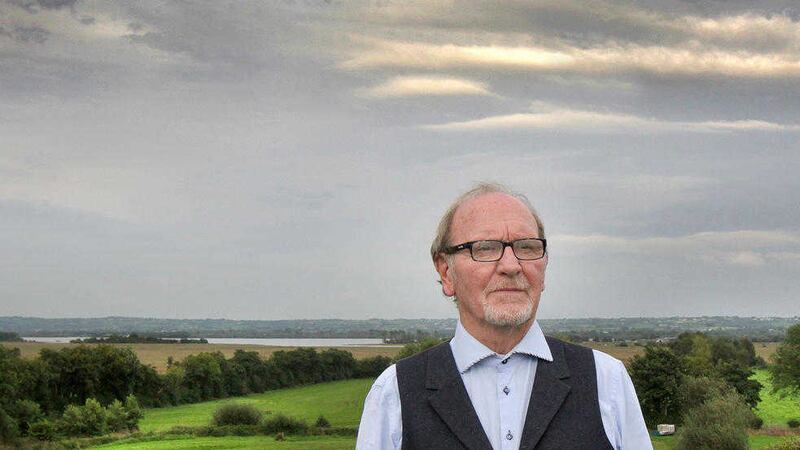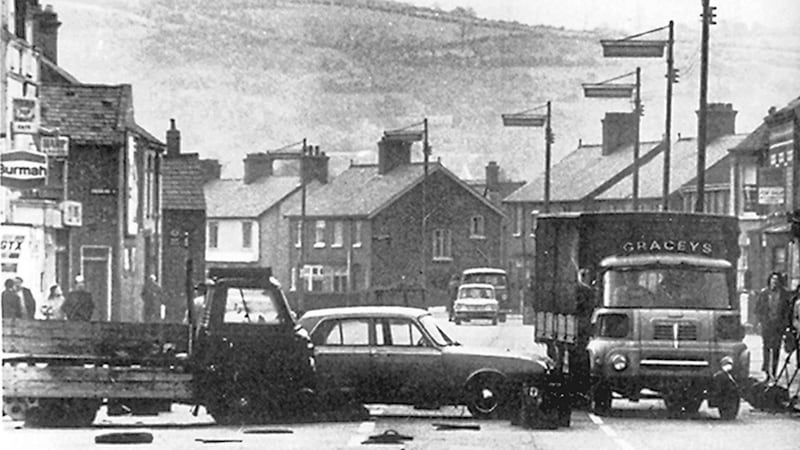PLANS to build a new £160m road through an area closely associated with poet Seamus Heaney have been described as “sacrilegious”.
Pressure is mounting on roads minister Chris Hazzard over plans to build a four-lane dual carriageway through south Derry’s ‘Heaney Country’.
An online petition claiming the proposed road will “annihilate” the area has gathered hundreds of signatures so far.
The route, linking the main Derry to Belfast road at Toome with the M2, will cut through an area close to Lough Beg and Mossbawn - the poet’s former home near Castledawson.
The house is near the townland of Anahorish which is featured in two of Heaney’s poems bearing its name.
The area has become a magnet for Heaney fans since his death in 2013.
The Nobel Laureate is buried at St Mary’s graveyard in nearby Bellaghy, where a centre dedicated to him will open at the end of the month.
Mr Hazzard’s party colleague, finance minister Máirtin Ó Muilleoir, yesterday retweeted a link to an article written by poet Stephen Connolly, a PhD student at the Seamus Heaney Centre for Poetry at Queen's University, voicing concern about the plan.
Work on the multi-million pound project is due to begin later this year and is set to reduce travel times between Belfast and Derry at a notorious bottleneck.
However, locals say the planned road is due to be built close to an Area of Special Scientific Interest and a Ramsar site which protects internationally important wetland sites.
Gerry Donnelly, who returned to live in the area 2001 after a period away, said Heaney had a strong attachment to the area.
“That can’t be ignored and seems to be flying in the face of everything he grew up to love and cherish,” he said.
“It just seems in some way sacrilegious to tamper with that.”
Mr Donnelly said other routes could be used and claimed the work would “devastate the wildlife, birdlife and the environment”.
“I thought that was probably my last move, I thought I would see my days out here in relative peace, serenity and security, but that has been seriously impacted upon by the decisions that were beyond any of us,” he said.
Mr Hazzard, who is minister for infrastructure, said: “My department is acutely aware of the importance of the heritage sites relating to Seamus Heaney in his works. We have been is attentive to all objections that have been raised.
“The new dual carriageway is a fair and reasonable balance of engineering, environmental and economic considerations, showing respect for the historic landscape.
“The chosen alignment minimizes the impact of severance upon the local community (Parish) through which it passes. Other route options would have had a more detrimental impact upon this community and still would have affected landscape associated with Seamus Heaney’s work.”








